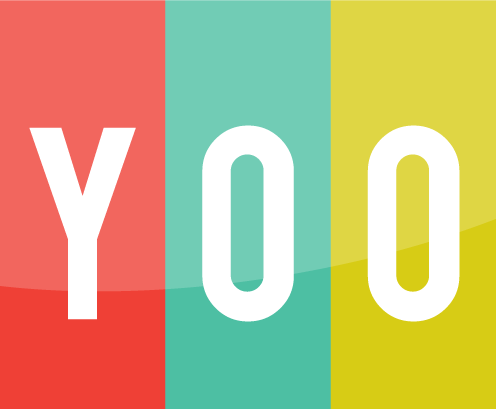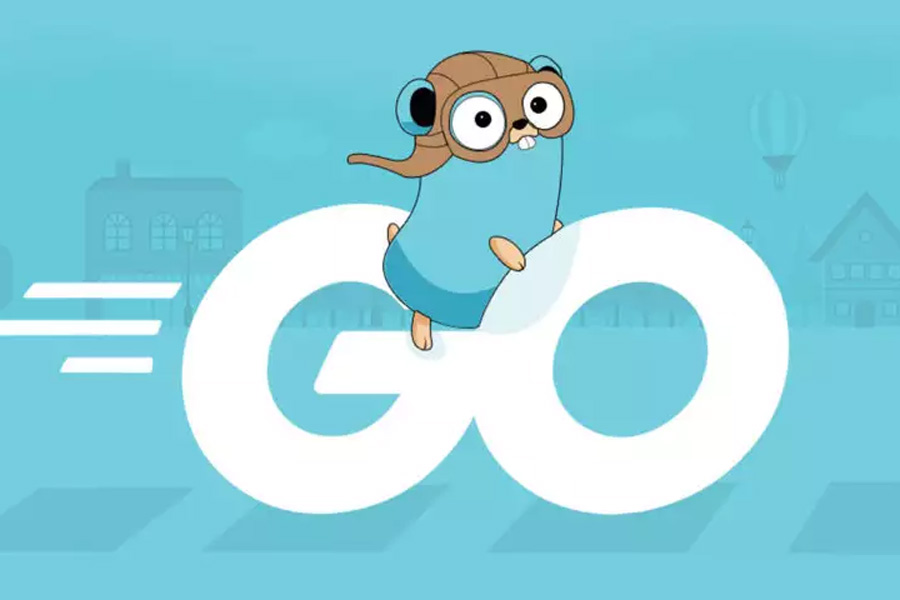Hello, everyone! In this blog post, I’m going to give you a brief introduction to Golang, a relatively new programming language that has many attractive features and applications. I’ll also show you some code examples that demonstrate how to use Golang for various tasks.
What is Golang?
Golang, or simply Go, is an open source programming language designed for building simple, fast, and reliable software. It was created by Google engineers Robert Griesemer, Rob Pike, and Ken Thompson in 2007, and officially released in 2009.
Go is a compiled language, which means that it converts the source code into executable binary files that can run on different platforms. It also has a built-in concurrency model, which means that it can handle multiple tasks at the same time using goroutines and channels.
Go has a simple syntax that resembles C, but with some improvements and simplifications. For example, Go does not have classes or inheritance like other object-oriented languages. Instead, it uses structs and interfaces to define types and methods. Go also does not have exceptions or generics like other languages. Instead, it uses errors and contracts to handle errors and polymorphism.
Go has a rich standard library that provides many useful packages for common tasks such as input/output (io), networking (net), cryptography (crypto), testing (testing), etc. Go also supports modules, which are collections of packages that can be versioned and managed independently.
Why Learn Golang?
Go is a great language for writing concurrent programs: programs with many independently running parts. An obvious example is a web server: every request runs separately, but requests often need to share resources such as sessions, caches, or notification queues.
Go makes concurrency easy by providing low-level features such as goroutines, which are lightweight threads of execution; channels, which are typed pipes for communication between goroutines; select, which allows multiplexing between multiple channels; sync, which provides synchronization primitives such as mutexes and wait groups; etc.
Go also makes concurrency safe by enforcing strict rules such as no shared memory access without synchronization; no pointer arithmetic; no implicit conversions; etc. These rules help prevent common concurrency bugs such as data races, deadlocks, memory leaks, etc.
Go is also a great language for writing performant programs: programs that run fast and use less resources. Go achieves this by providing features such as fast compilation; static typing; garbage collection; native code generation; cross-platform support; etc.
Go also achieves performance by avoiding features that can slow down programs such as inheritance; polymorphism; reflection; generics; exceptions; etc. These features can introduce overheads such as dynamic dispatch; boxing/unboxing; type checking; stack unwinding; etc.
Go is also a great language for writing reliable programs: programs that work correctly and consistently. Go achieves this by providing features such as automatic formatting (gofmt); code analysis tools (go vet, go lint, go fmt ); testing tools (go test, go bench ); documentation tools (go doc ); etc.
Go also achieves reliability by avoiding features that can introduce bugs such as null pointers; uninitialized variables; global variables; mutable state; etc.
These features can cause errors such as null pointer dereference; use of undefined value; race condition; side effect; etc.
How to Learn Golang?
The best way to learn Golang is by doing: writing code, running it, testing it, debugging it, and improving it.
There are many online resources that can help you learn Golang by doing, such as:
- Go by Example : A hands-on introduction to Go using annotated example programs.
- Golang Tutorial : An introductory tutorial that walks you through building a transactional service in Go.
- Golang Example Projects : A collection of Go programs and libraries that demonstrate the language,
standard libraries,
and tools. - Present .slide files : A tool for creating presentations using .slide files with embedded code snippets.
I hope this blog post has given you some motivation and guidance on how to start learning Golang.




